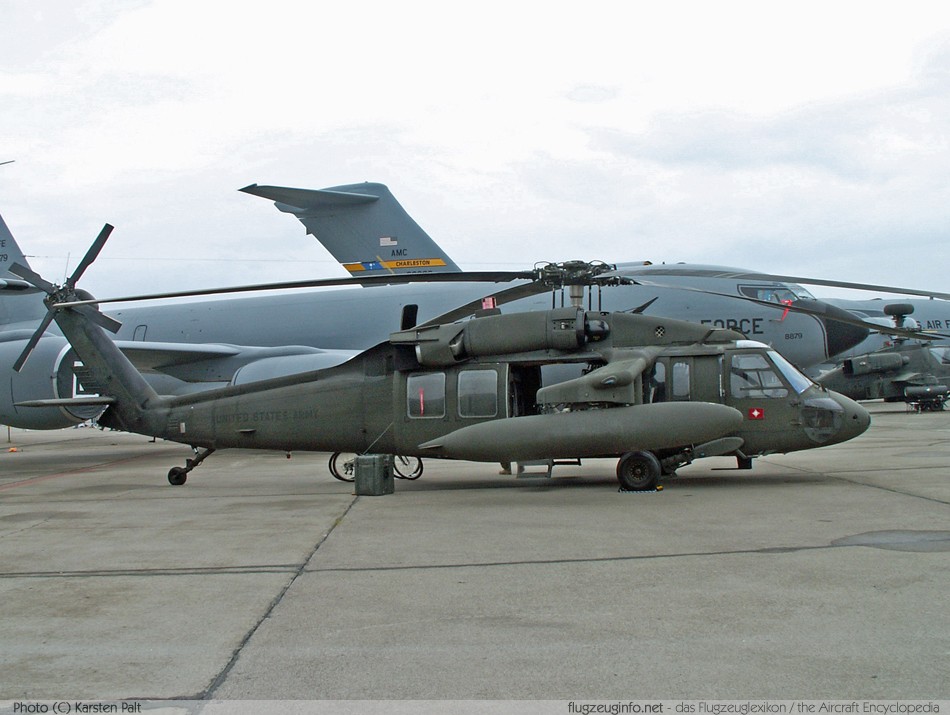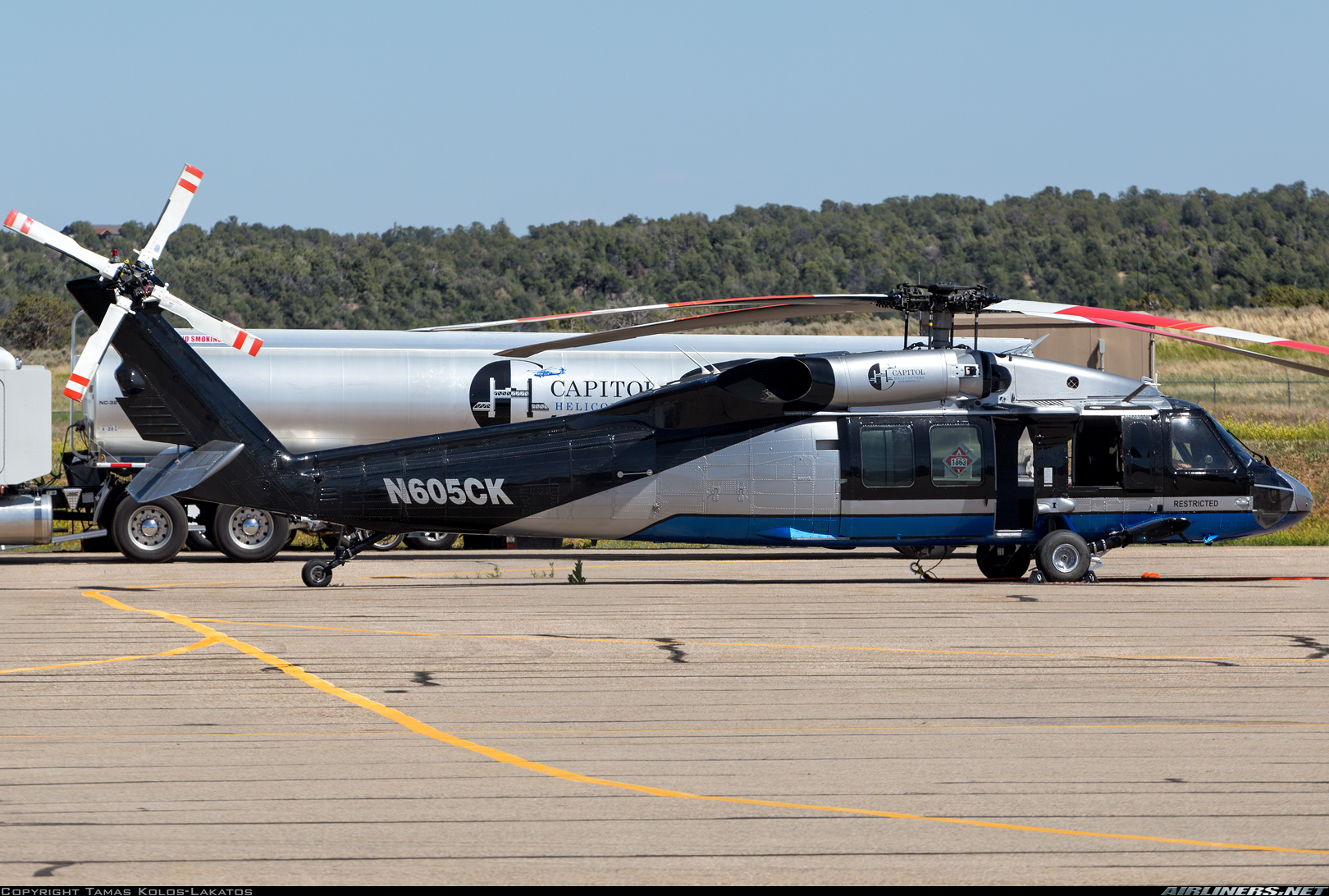A Consider the Sikorsky S 70's Duty in Army and Civil Aviation
A Consider the Sikorsky S 70's Duty in Army and Civil Aviation
Blog Article
High-Performance Multi-Role Rotorcraft Featuring Advanced Cockpit Technologies and Integrated Sensing Unit Systems
The world of rotorcraft modern technology has actually seen noteworthy developments in recent times, especially in the realm of high-performance multi-role rotorcraft equipped with sophisticated cockpit modern technologies and perfectly integrated sensing unit systems. In the following conversation, we will certainly explore the advancement of rotorcraft technology, delve right into the world of advanced cabin developments, and take a look at the implications of integrated sensing unit systems on the operational versatility and effectiveness of contemporary rotorcraft.
Evolution of Rotorcraft Modern Technology
The advancement of rotorcraft innovation has actually been marked by substantial advancements in aerodynamics, products, and propulsion systems, forming the capabilities and performance of contemporary rotorcraft. Aerodynamic enhancements have actually boosted the efficiency and ability to move of rotorcraft, enabling increased speed, agility, and stability throughout trip (sikorsky s 70). Technologies in products, such as making use of composite products and progressed alloys, have actually brought about lighter yet more powerful rotorcraft frameworks, boosting total efficiency and longevity. Additionally, developments in propulsion systems, including extra effective engines and cutting-edge propulsion technologies, have actually allowed rotorcraft to accomplish greater elevations, faster rates, and greater payloads.
These innovations have not just transformed the abilities of rotorcraft however have also expanded their applications throughout numerous sectors, including army, business, and emergency services. The continuous evolution of rotorcraft modern technology proceeds to drive development in the area, pushing the borders of what is feasible and forming the future of upright flight.
Advanced Cabin Innovations
Building upon the foundational advancements in aerodynamics, products, and propulsion systems, the realm of rotorcraft modern technology currently moves focus in the direction of introducing Advanced Cockpit Innovations. The assimilation of advanced technologies within the cabin environment plays an essential function in enhancing the functional capabilities, security, and efficiency of modern-day rotorcraft. sikorsky s 70. Advanced Cockpit Innovations encompass a broad selection of functions made to supply pilots with improved situational recognition, structured data administration, and instinctive control interfaces
Among the key improvements in cabin design is the application of glass cabins, which change conventional analog determines with high-resolution displays. These digital systems provide personalized formats, real-time data combination, and improved readability, enabling pilots to gain access to critical details at a glimpse. Furthermore, advanced avionics systems, such as fly-by-wire controls and increased truth display screens, are transforming exactly how pilots communicate with the airplane, permitting for precise control and improved decision-making capacities.


Including advanced cabin developments not only enhances pilot efficiency however likewise adds to general mission performance and security in intricate functional environments. By leveraging cutting edge modern technologies within the cockpit, rotorcraft manufacturers are establishing brand-new requirements for operational quality and mission success.
Integrated Sensor Solutions
With the development of rotorcraft technology, the integration of innovative Integrated Sensing unit Equipment has come to be vital in improving operational performance and safety. These Integrated Sensing unit Systems encompass a wide variety of technologies that supply essential information for various features such as navigating, monitoring, targeting, and ecological monitoring. By effortlessly integrating sensors like radars, cameras, lidar, and infrared systems into rotorcraft, drivers can benefit from enhanced situational awareness, improved goal capacities, and reduced pilot workload.
One key benefit of Integrated Sensing unit Systems is their ability to collect real-time information and supply actionable understandings to pilots and goal drivers. Advanced radar systems can find and track targets over long ranges, enabling for very early hazard detection and effective action preparation. In addition, incorporating infrared and electro-optical cams enables rotorcraft to conduct reconnaissance and surveillance missions with precision and precision.
Basically, the assimilation of cutting-edge sensor innovations right into rotorcraft not only enhances operational efficiency yet additionally adds significantly to general objective success and crew safety. As rotorcraft continue to advance, the duty of Integrated Sensing unit Solution will certainly stay at the center of technology in the aerospace sector.
Operational Convenience and Performance
Enhancing operational versatility and performance in rotorcraft is an all-natural development from the combination of advanced Integrated Sensing unit Solutions. By leveraging the understandings and information given by these advanced sensor systems, rotorcraft can maximize their performance across numerous missions and atmospheres.
Functional flexibility incorporates the capability of rotorcraft to adjust to various roles and circumstances effectively. With innovative cabin innovations and incorporated sensing unit systems, rotorcraft can seamlessly transition between jobs such as search and rescue, medical discharge, security, and more. This flexibility enhances the rotorcraft's ability to satisfy diverse functional requirements without needing comprehensive reconfiguration.
Performance in rotorcraft operations is essential for making the most of goal efficiency and source usage. Integrated sensor systems play a pivotal function in boosting operational effectiveness by giving real-time information on weather, terrain mapping, target tracking, and much more. This information enables pilots to make informed choices swiftly, optimize trip paths, conserve gas, and improve overall goal efficiency.
Effect On Modern Air Travel Workflow

Moreover, the integration of sophisticated sensors facilitates boosted mission preparation and execution, enabling rotorcraft to perform a wide variety of jobs with boosted accuracy. From search and rescue operations to airborne firefighting and police objectives, the capacities of modern-day rotorcraft furnished with innovative cockpit innovations and incorporated sensing unit systems are unmatched.
Additionally, the impact of these improvements prolongs beyond functional efficiency to cost-effectiveness and sustainability. By enhancing flight routes, fuel intake, and upkeep timetables, high-performance rotorcraft geared up with sophisticated cabin technologies and sensing units add to lowering operational costs and ecological impact, making them crucial assets in contemporary air travel procedures.
Conclusion
In verdict, the high-performance multi-role rotorcraft with advanced cockpit innovations and integrated sensing unit systems stands for a substantial evolution in aviation innovation. These innovations boost functional flexibility and efficiency, inevitably influencing contemporary aeronautics procedures in a favorable means. The combination of these innovative technologies enables improved capabilities and efficiency in numerous objective situations, showcasing the continued improvement of rotorcraft technology in the air travel industry.
The realm of rotorcraft modern technology has seen remarkable advancements in recent times, particularly in the world of high-performance multi-role rotorcraft furnished with sophisticated cabin innovations and seamlessly incorporated sensor systems. From improved browse this site mission adaptability to improved functional performance, the convergence of advanced cabin innovations and incorporated sensing unit systems has actually ushered in a brand-new era of possibilities for rotorcraft applications. In the following conversation, we will explore the advancement of rotorcraft modern technology, dig into the world of advanced cabin innovations, and analyze the effects of incorporated sensor systems on the functional versatility and performance of contemporary rotorcraft.

Report this page